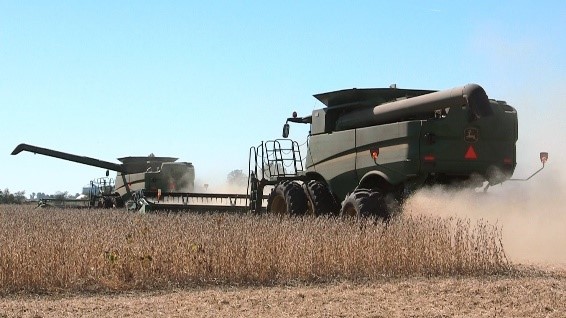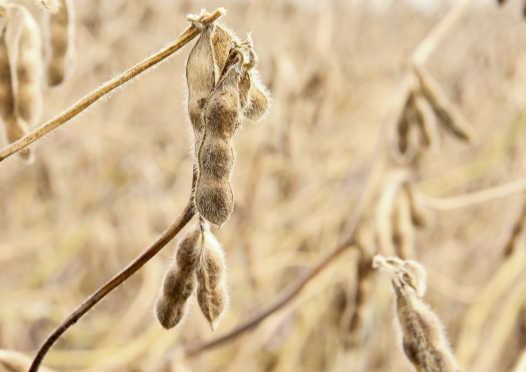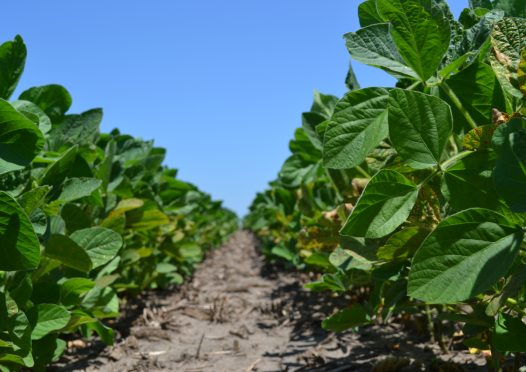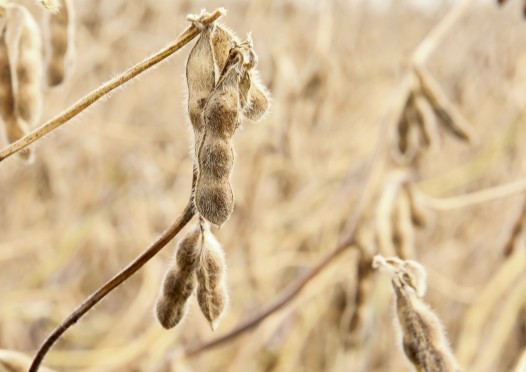ILSOYADVISOR POST
2018 Soybeans: A Breakout Season
 You have all probably heard the term “Breakout Season” for an athlete. This is a season when they put up big numbers and catch everyone’s attention. I think soybeans had their breakout season in 2018!
You have all probably heard the term “Breakout Season” for an athlete. This is a season when they put up big numbers and catch everyone’s attention. I think soybeans had their breakout season in 2018!
For many growers 2017 was good, but after a long winter filled with educational meetings and gathering new information, they felt 2018 could be better - or the best - on record. The month of April had some second guessing the start of a good season after multiple measurable snow events and below average temperatures. This was especially hard on this guy, as I was attempting my 10th year of ultra-early planting trials with a run of zero failures. But low and behold the end of the month flipped and we were off to the races, and so were the temperatures. May 1 was jokingly called “spring” since it was the only day of average temperatures; with everything before it below average and everything after it above average.
Winter meetings had a reoccurring theme - promoting the benefits and successes of early planting. I think most finally got the message and it was awesome to see the number of soybeans being planted before corn from north to south across the state. As one of the most vocal endorsers for early planted soybeans, it was a paramount moment for me after preaching this for almost 10 years.
The growing season wasn’t without its hiccups though. After a great start a large weather system saturated our soils in early June. On June 15, many growers were hitting the panic button as disease symptoms began to appear early in V6-V7 soybeans. The University of Illinois at Urbana-Champaign (UIUC) plant clinic termed it “Soypocalypse” after being inundated with samples testing positive for either Phytophthora, Rhizoctonia, or both. Most plants were able to recover, but some severe situations led to necessary replants.
Insect pressure seemed to be above normal for some pests, such as Japanese Beetles as well as stink bugs. The UIUC annual pest survey backed this up, showing the Japanese beetle numbers in the state survey almost doubling from 2017 to 2018. Many growers utilize an insecticide with their fungicide applications, but 2018 may have been the year to use a longer residual insecticide rather than a cheap pyrethroid.
With much of the state receiving timely rains accompanied by high humidity, disease was present in most areas of the state. The fungicide and insecticide applications made are probably worth 6 to 12-bushel return at in the beginning of October. Other growers are seeing positive responses from foliar nutrition products that were applied at that R2/R3 timing.
With most growers being half or more done with soybean harvest, yields are phenomenal. I have heard more entire field averages of 90 plus bushel than my entire career combined. There will be many growers that carry an 80-bushel average or better for their entire farm. It doesn’t matter what trait platform either, Liberty Link, Xtend, or Non-GM, they all are shining. Back in September during our monthly Soy Envoy call, we discussed how the yield bar has moved up from what used to be 65-bushel average to the 80 bushels we are seeing repeatedly this year. We are setting a new bar for soybean yield.
It’s clear growers are managing their soybean acres better than before. Whether we declare these yields our new standard depends on how growers proceed. If we want to maintain these yield levels, we must fertilize for them and continue to protect our investments all season long.
My MVP for the 4th consecutive year goes to Soybeans! Repeat performances are extremely hard to do, but soybeans are the most resilient crop in our lineup





Comments
Add new comment